By Sarhind Times Bureau | New Delhi / Patna | October 20 2025
Summary
With the Diwali and Chhath season drawing lakhs of migrant workers and families back home, Indian Railways has introduced ten additional “festival special” trains to Bihar. The move aims to ease the crush on east-bound routes but also exposes chronic infrastructure stress, ticket scarcity, and crowd-management challenges on the world’s busiest passenger network.
The Great Annual Migration
Each October and November, railway stations from Delhi to Mumbai witness one of India’s largest civilian movements: the homeward migration of millions of workers to eastern India. Platforms turn into temporary camps; families sleep beside suitcases waiting for that elusive confirmed berth.
This year the rush began early. By mid-October, ticket-booking apps showed waiting lists topping 500 for Patna, Darbhanga, and Muzaffarpur. In response, Northern Railway announced 10 additional trains, while East Central Railway and North Eastern Railway added short-route services to handle overflow.
“The festive migration is as predictable as the monsoon—but harder to manage,” said Railway Board member (Traffic) Manoj Pandey. “We have created 50,000 extra berths to bring people home safely.”
The New Services
According to the official circular issued Sunday night, the following trains will operate between October 21 and November 30:
- New Delhi–Patna Superfast Special (04041/42) – Daily service via Kanpur, Mughalsarai.
- Anand Vihar T–Darbhanga Clone Special (04045/46) – Thrice weekly, catering to migrant clusters in East Delhi.
- Chandigarh–Muzaffarpur Festival Special (04517/18) – Twice weekly via Lucknow.
- Mumbai LTT–Samastipur Special (01097/98) – Bi-weekly long-distance run.
- Ahmedabad–Chapra Superfast Special (09423/24) – Twice weekly, western region link.
- Secunderabad–Patna Special (07051/52) – Weekly via Nagpur & Varanasi.
- Amritsar–Katihar Special (04655/56) – Weekly, connecting northern belt.
- Delhi Sarai Rohilla–Sitamarhi AC Special (04061/62) – Bi-weekly.
- Gurugram–Gaya Express (04071/72) – New introduction, Friday departures.
- Bandra Terminus–Barauni Superfast Special (09065/66) – Weekly via Surat and Allahabad.
All trains will have reserved accommodation only, dynamic fares, and full pantry services.
Behind the Scenes: Planning a Mass Exodus
Months of data analysis go into planning these specials. Passenger-load analytics drawn from IRCTC bookings, UTS mobile app data, and CCTV counts identify peak corridors. Railway planners then allocate spare rake capacity—coaches freed from low-demand routes—to high-traffic zones.
“It’s like playing three-dimensional chess,” joked an operations officer at the Rail Bhawan control room. “Every rake shifted creates a gap elsewhere.”
Special timetables are tested on Rail Network Simulation System (RNSS) software to ensure slots on congested tracks between Mughal Sarai and Patna—the stretch nicknamed the ‘steel corridor’—can accommodate extra runs without delaying freight traffic carrying coal and foodgrains.
Crowd-Management Challenge
At Delhi’s Anand Vihar Terminal, scenes resembled a carnival—if carnivals had luggage mountains. Volunteers from NGOs distributed water packets as passengers queued hours before departure. Railway Protection Force (RPF) officers used drones to monitor crowd density; additional metal detectors were installed.
“Our biggest worry is stampede risk on foot-over bridges,” said RPF Commandant Vikas Tiwari. “We have created one-way passenger flow lanes and emergency response teams.”
Yet, despite technology, human patience remains the buffer. “People come early because missing one train means missing Diwali,” said station superintendent Alok Meena.
Ticketing Crunch and the ‘Tatkal Trap’
While the new trains added capacity, tickets vanished within minutes online. Middlemen and touts continue exploiting loopholes using auto-fill software and fake IDs.
IRCTC claims its AI-based fraud-detection module blocked 2 lakh suspicious logins this season. Still, on the ground, passengers complain of “service-charge scalping.” Several were seen purchasing at premium from agents outside stations.
“It’s illegal, but desperation creates its own economy,” admitted an RPF official.
Railways urges citizens to use the official website and UTS app and report touts via helpline 139.
Stories from the Platforms
Rina Kumari, a nurse travelling from Gurugram to Darbhanga, clutched her son’s hand as she waited in line:
“I work the whole year far from home. For us, Chhath Puja is not just religion—it’s reunion.”
Nearby, a group of students from Jamia Millia Islamia sat on their suitcases composing folk songs on guitars. “We call it the annual ‘Patna Express Jam’,” laughed Aman Raj, one of them.
For many migrants, these trains symbolise connection—the iron arteries linking livelihood to belonging.
Infrastructure Under Strain
Indian Railways moves over 24 million passengers daily, but festive traffic can exceed 30 million. Ageing infrastructure groans under the surge. Coaches are over-booked, platforms overcrowded, and catering stretched thin.
The East Central Railway (ECR) zone, which covers most of Bihar, is particularly stressed. Officials said they have converted 32 general coaches into second-sitting cars and extended platforms at Patna Junction by 60 metres to accommodate longer trains.
Yet bottlenecks persist: single-line sections between Buxar and Ara slow movement, and fog-season signal failures compound delays.
Safety First: Railways’ Preparedness
The Railway Board has directed zonal managers to deploy safety marshals and medical teams at key junctions. Each festive special carries a dedicated security coach with RPF personnel. Cleanliness drives and mobile charging points have been added, reflecting lessons learned from past years.
“The goal is zero fatalities, zero derailments,” said Railway Board Chairman Anil Kumar Lahoti. “Our staff will work 24×7 till Chhath Puja concludes.”
Economics of the Festive Rush
Festive specials are revenue lifelines. Dynamic pricing can raise fares 1.5–2× regular rates, yielding significant profits. Analysts estimate the 2025 season could generate ₹450 crore in incremental revenue.
However, higher fares spark debate about affordability. Migrant-worker associations argue that the poorest passengers—those in sleeper and unreserved classes—still hang from doors.
“Railways must remember that these people build the cities that now send them back,” said labour-rights activist Neelesh Mandal.
The ministry says dynamic fares help cross-subsidise concessional categories such as students and senior citizens.
Technology on the Move
This year marks the first use of AI-assisted timetable optimisation for festival specials. The system analyses historical punctuality data and weather forecasts to allocate departure slots.
In parallel, real-time crowd dashboards integrated with the GatiShakti Network Portal allow the Railway Board to monitor congestion across 500 stations. Officials claim delays have already dropped 12 percent compared with 2023.
Onboard experience also improves: Wi-Fi in select specials, digital seat-display screens, and QR-code-based catering orders from IRCTC e-Catering partners.
Environmental Footprint
Railways projects the specials will replace approximately 1.2 lakh diesel-bus trips, saving 70 million kg of CO₂ emissions. Half of the new services are hauled by WAP-7 electric locomotives powered from the Dedicated Freight Corridor’s green grid.
Environmentalists, however, urge caution: extended platform idling and diesel shunters still emit locally. A proposal to introduce “battery-hybrid push-pull rakes” by 2027 is under study.
Cultural Significance: The Journey Home
Sociologists describe India’s festive migration as a “ritual of return.” Railways becomes not merely transport but theatre: strangers share food, songs, and stories. The familiar clatter of wheels announces proximity to home.
Professor Nirupama Kumar of JNU writes, “These journeys reaffirm identity. Each train is a moving village where emotion overrides inconvenience.”
Railways has long captured this sentiment—from Satyajit Ray’s films to folk songs of Bhojpuri heartland. The 2025 specials continue that legacy, even as Wi-Fi selfies replace postcard nostalgia.
Challenges Ahead
Experts warn that without capacity augmentation—double lines, upgraded signaling, more LHB coaches—the seasonal chaos will recur. Freight corridors free some routes, but eastern sections remain choked.
“Festive trains are emergency patches, not permanent cures,” noted transport economist Dr Rohit Subramanian. “Long-term relief needs infrastructure, not improvisation.”
Railways says it is addressing this through the Amrit Bharat Station Scheme, modernising 1,300 stations with wider platforms and escalators.
Editorial Perspective
Every Diwali, Indian Railways carries not just people, but emotion—the longing for home that binds India across class and geography. Yet the same emotion exposes structural fatigue: outdated infrastructure, digital touts, and insufficient trains for a billion dreams. The additional specials are commendable, but the real test is whether Railways can convert festive fixes into permanent mobility reforms. In the world’s largest democracy, the journey home should never feel like an ordeal.
#IndianRailways #FestivalTravel #Bihar #DiwaliRush #PublicTransport #Infrastructure #SarhindTimes #RailwaysIndia #ChhathPuja #PassengerSafety
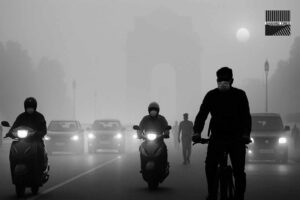

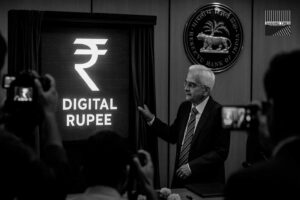

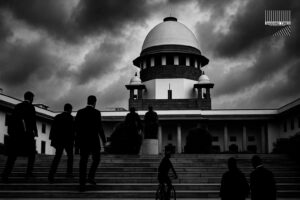
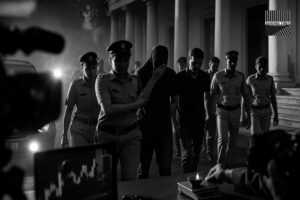
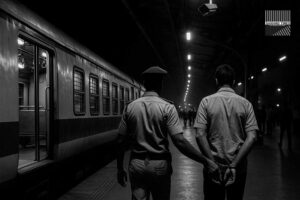
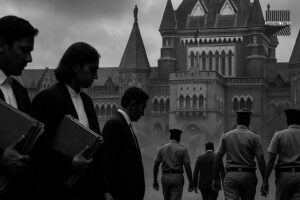



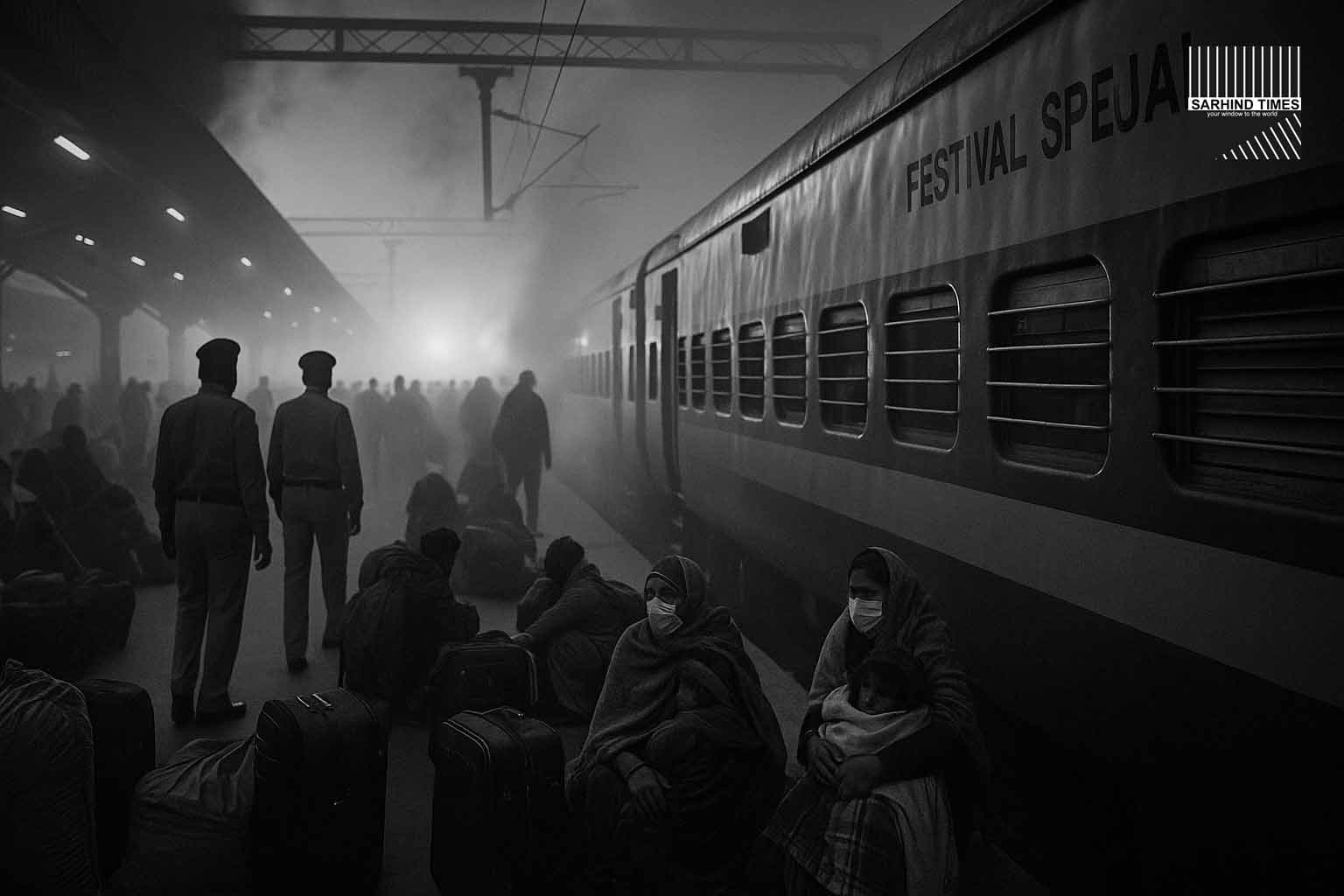
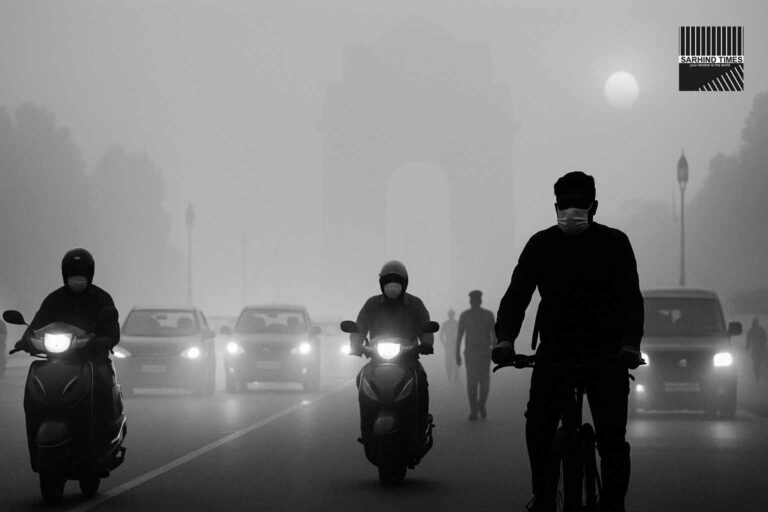
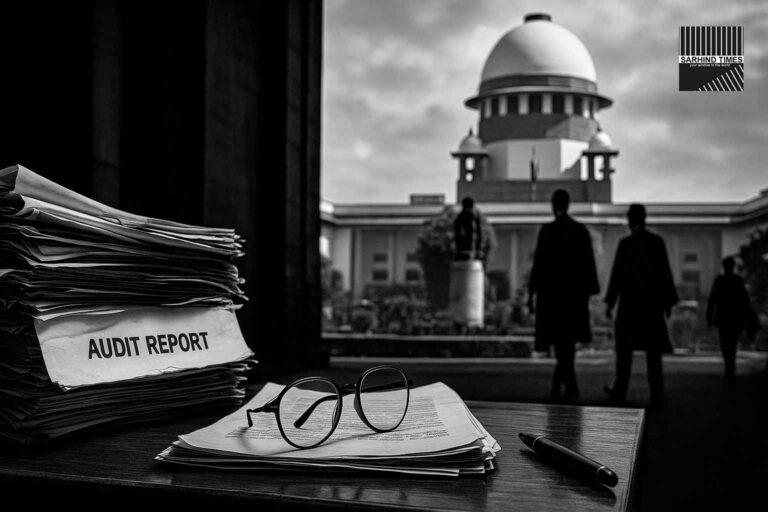
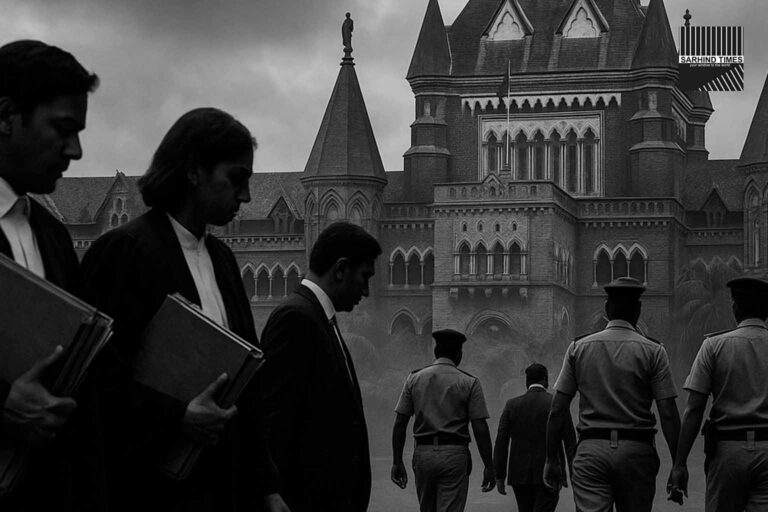
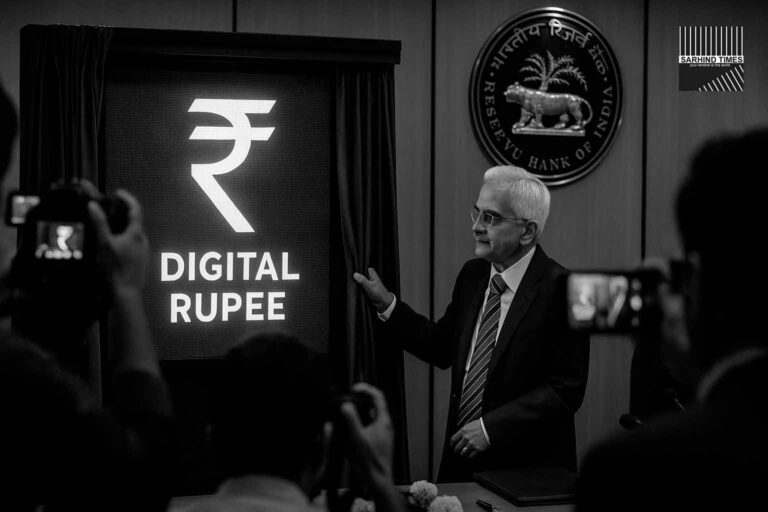

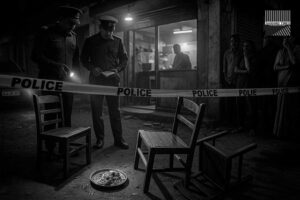
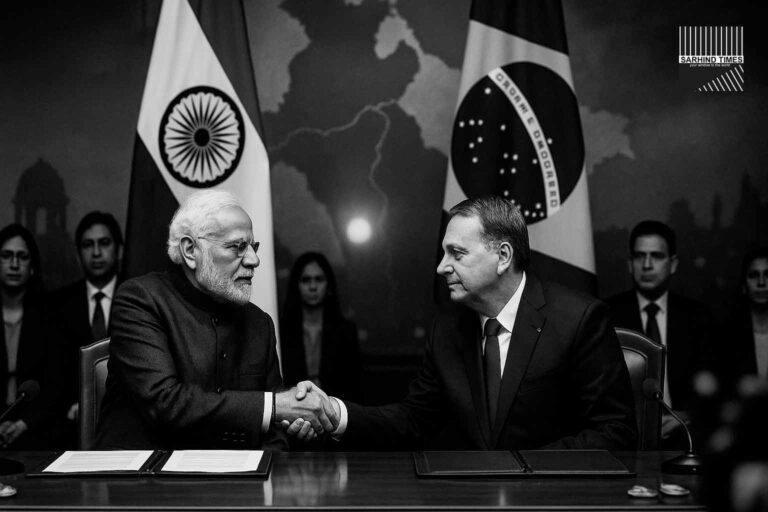
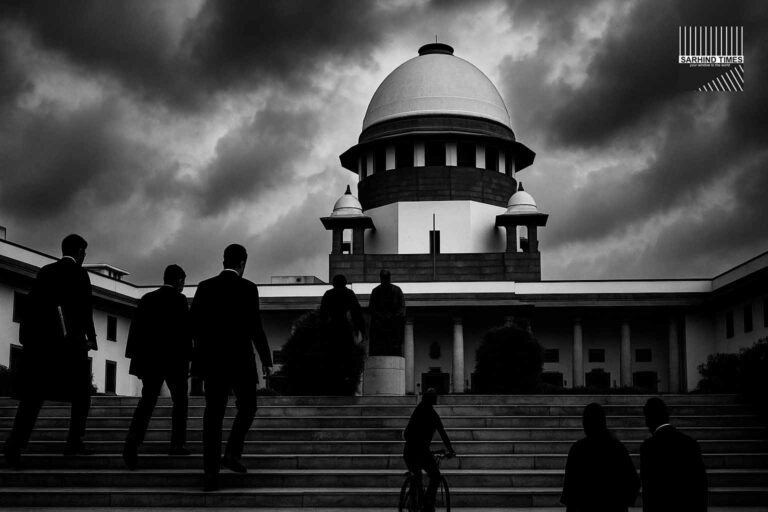
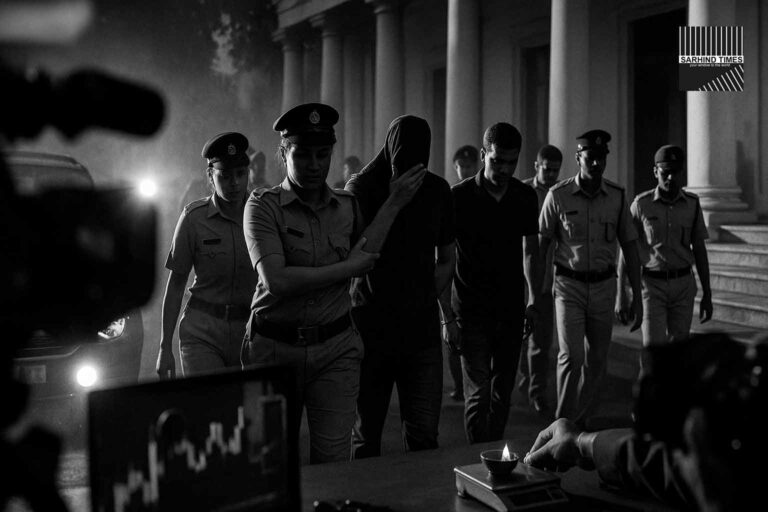
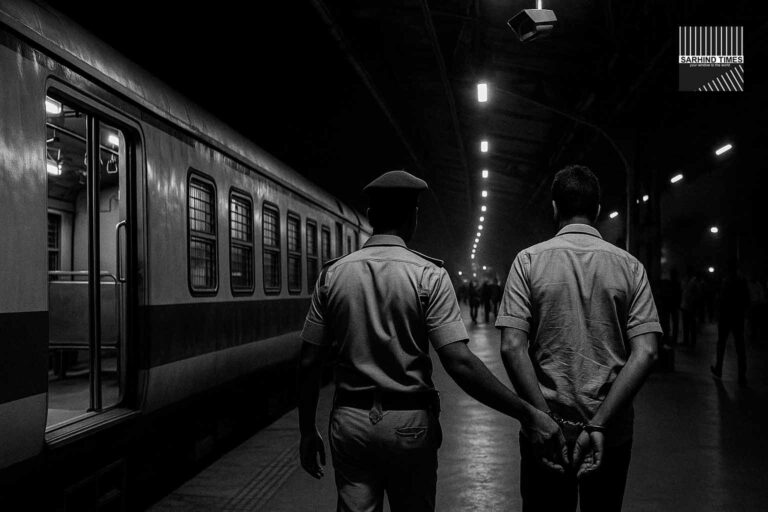
+ There are no comments
Add yours